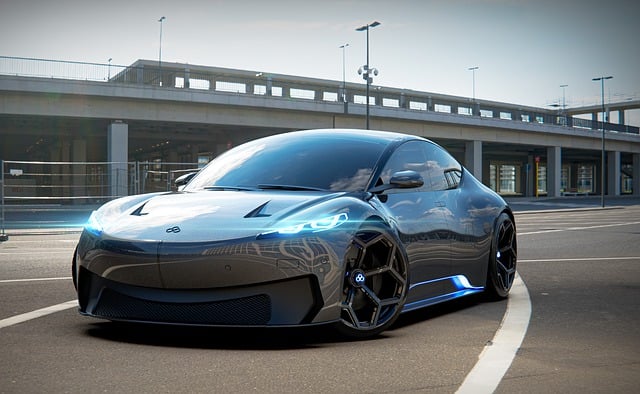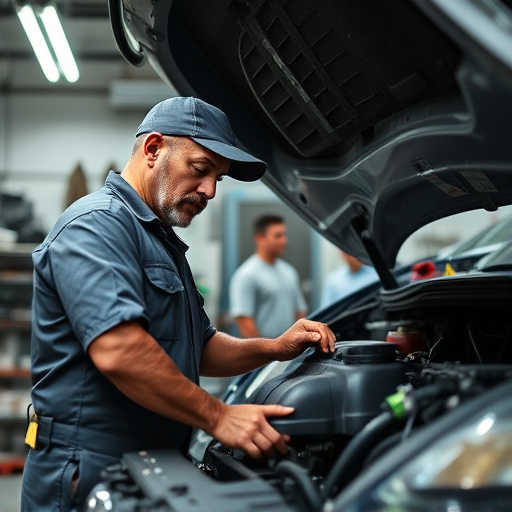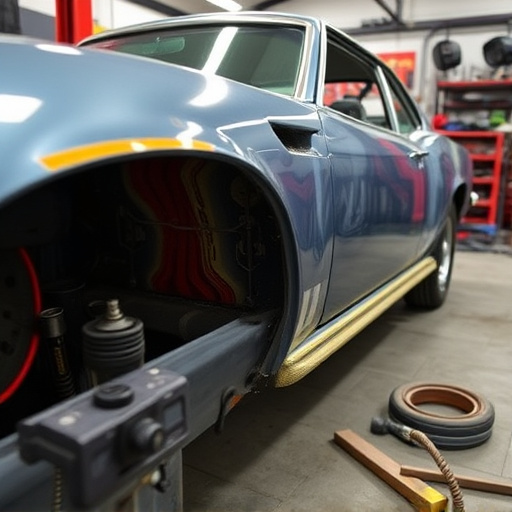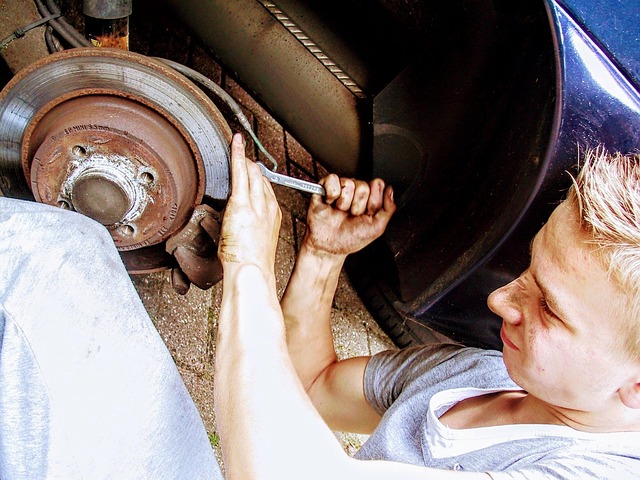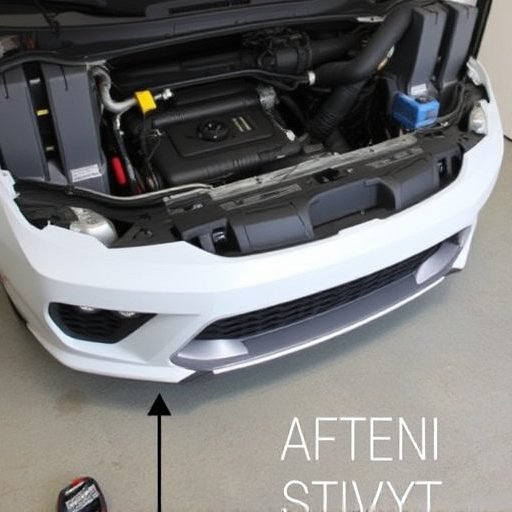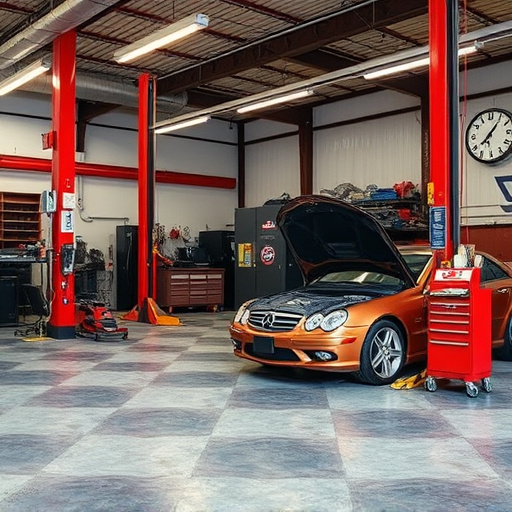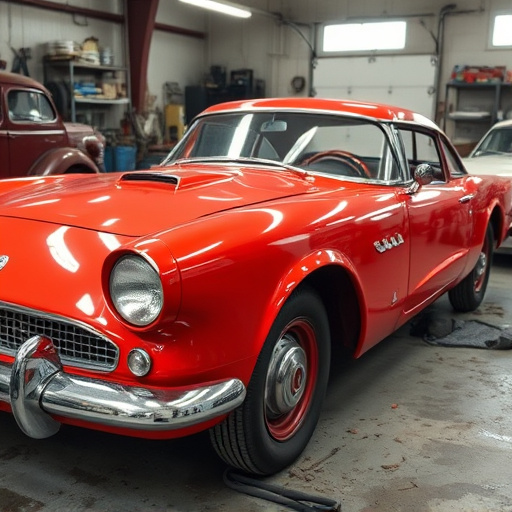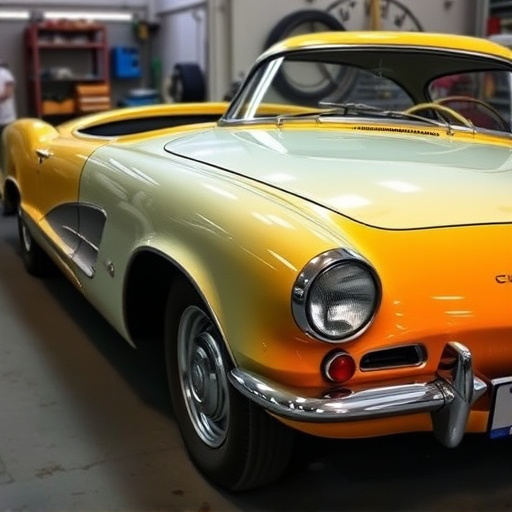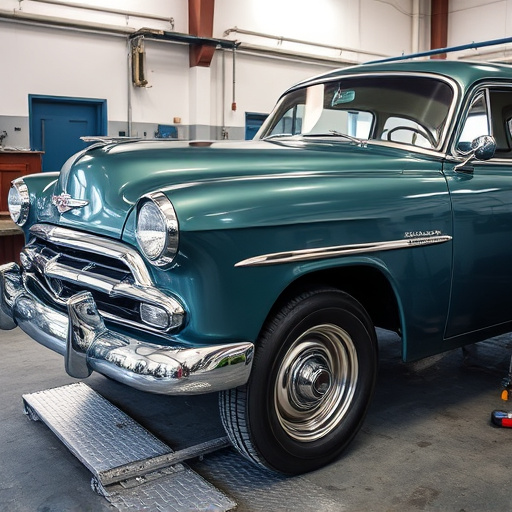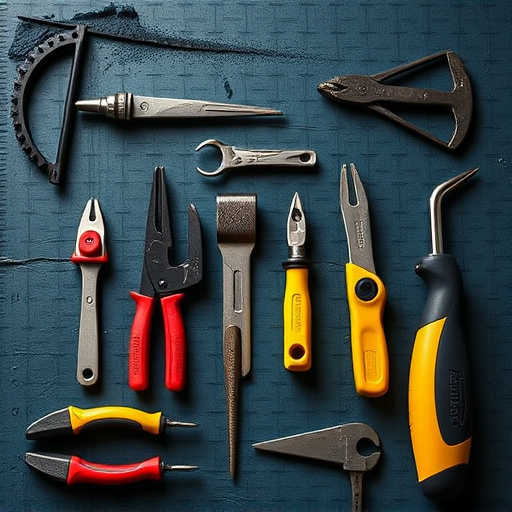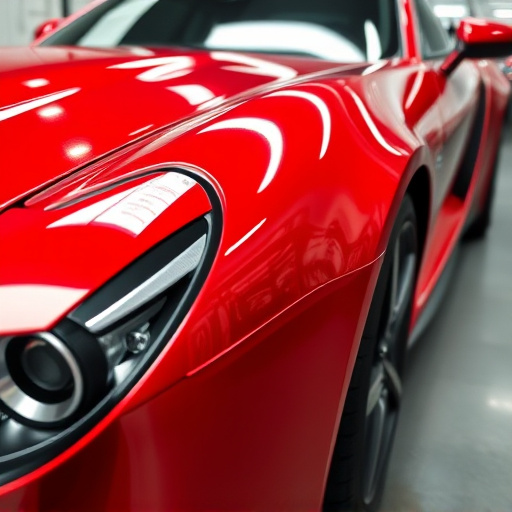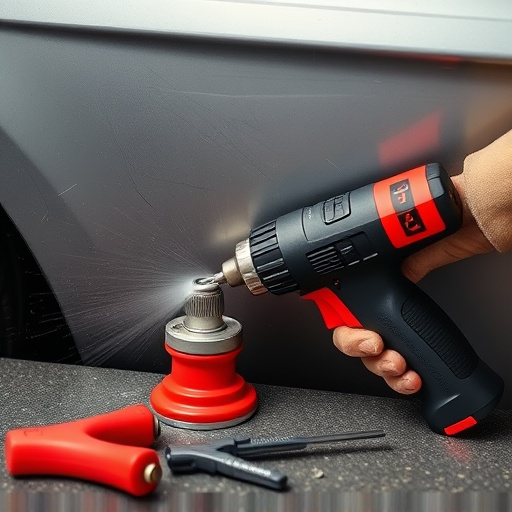Photographic evidence is vital for repair approval process transparency in car bodywork and dent repairs, facilitating communication and speeding up claim settlements between customers, insurers, and shops. High-quality images provide irrefutable proof and detailed documentation, enhancing dispute resolution and protecting interests across industries, especially for classic or luxury vehicles. Best practices include high-resolution imaging, before-and-after comparisons, proper lighting, and organized digital archives.
In today’s digital age, photographic evidence plays a pivotal role in streamlining the repair approval process. This article delves into the significance of visual documentation in claims processing, offering insights into how high-quality images can accelerate repairs and enhance accuracy. We explore best practices for capturing compelling photographic evidence, ultimately revolutionizing the way repairs are approved and managed. By understanding the power of visuals, stakeholders can navigate the repair approval process more efficiently.
- Understanding Photographic Evidence in Repair Approval
- The Impact of Visual Documentation on Claims Processing
- Best Practices for Effective Repair Approval Using Photos
Understanding Photographic Evidence in Repair Approval

Photographic evidence plays a pivotal role in the repair approval process, serving as a visual documentation that bridges the gap between the incident and the restoration. In the context of car bodywork repairs or vehicle dent repairs, before and after pictures are invaluable tools. They allow auto body shops to meticulously capture the state of the vehicle before any work begins, as well as the quality of the repair once completed. This visual record is essential for both the customer and the insurance company to verify that the restoration accurately matches the original specifications.
During the repair approval process, these photographs provide a clear, tangible representation of the damage and its subsequent fixing. They help facilitate effective communication between customers, insurers, and auto body shops, ensuring everyone involved has a shared understanding of the work done. This transparency is crucial in maintaining trust and streamlining the claim settlement process, ultimately leading to a smoother experience for all parties in the event of vehicle damage.
The Impact of Visual Documentation on Claims Processing

In today’s digital era, photographic evidence plays a pivotal role in streamlining the repair approval process across various industries, particularly within car repair shops and collision centers. Visual documentation is no longer merely a supplementary tool; it has become an indispensable element that significantly enhances claims processing efficiency and accuracy. The impact of high-quality images cannot be overstated, as they serve as irrefutable proof, enabling quick assessments and informed decisions during the repair evaluation phase.
By capturing detailed shots of damaged vehicles, both from general angles and close-ups, car body shops can comprehensively document the extent of repairs required. This visual record not only facilitates communication between insurance providers, mechanics, and customers but also ensures a transparent and fair repair approval process. Moreover, it aids in dispute resolution, providing tangible evidence that supports claims and protects the interests of all parties involved in the collision repair journey.
Best Practices for Effective Repair Approval Using Photos

When it comes to repairing vehicles, especially iconic classics like a classic car restoration or high-end luxury cars, photographic evidence plays a pivotal role in the repair approval process. Capturing clear and detailed images during every stage of repair is essential for documenting the work done and justifying each step to clients. These photos act as a visual record, ensuring transparency and building trust with customers who value their vehicle’s history and integrity.
Best practices dictate that photographers should focus on high-resolution imagery, capturing both wide-angle shots for context and close-ups highlighting intricate details. For frame straightening or other complex repairs, before-and-after comparisons are invaluable. Ensuring proper lighting and backing boards enhance the visibility of repair areas is key. Additionally, organizing digital archives by project and date allows for efficient tracking and reference during the entire repair journey, streamlining the approval process.
Photographic evidence plays a pivotal role in streamlining the repair approval process, offering a clear and tangible record of vehicle damage. By incorporating best practices for visual documentation, insurance providers can enhance claims processing efficiency while ensuring accurate repairs. The impact of high-quality photos extends beyond mere claim verification; it fosters trust among stakeholders and promotes fair, swift resolutions, ultimately benefiting both insurers and policyholders in the repair approval process.
